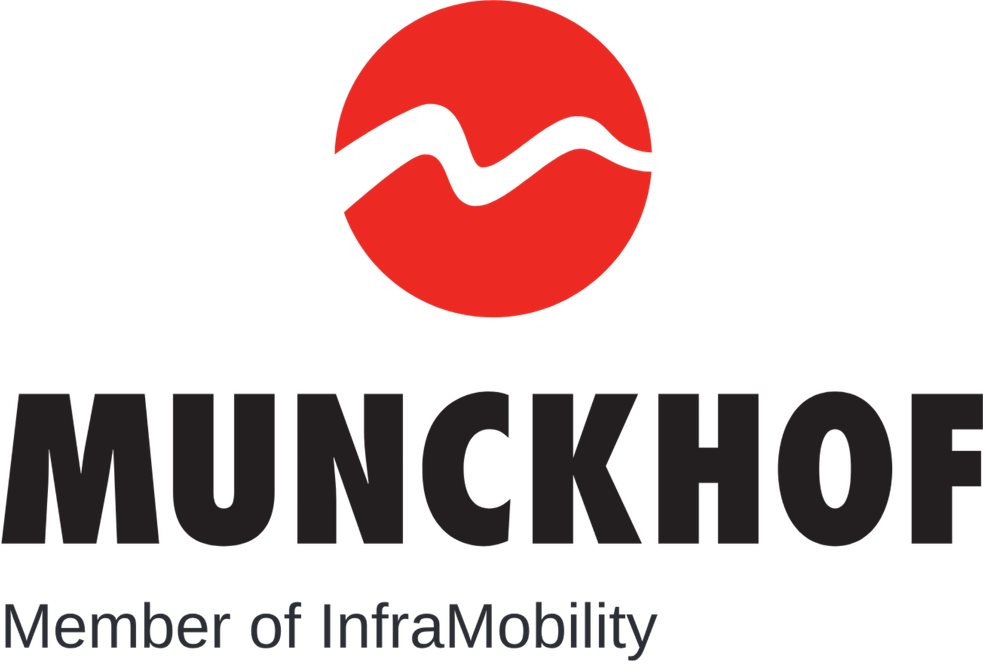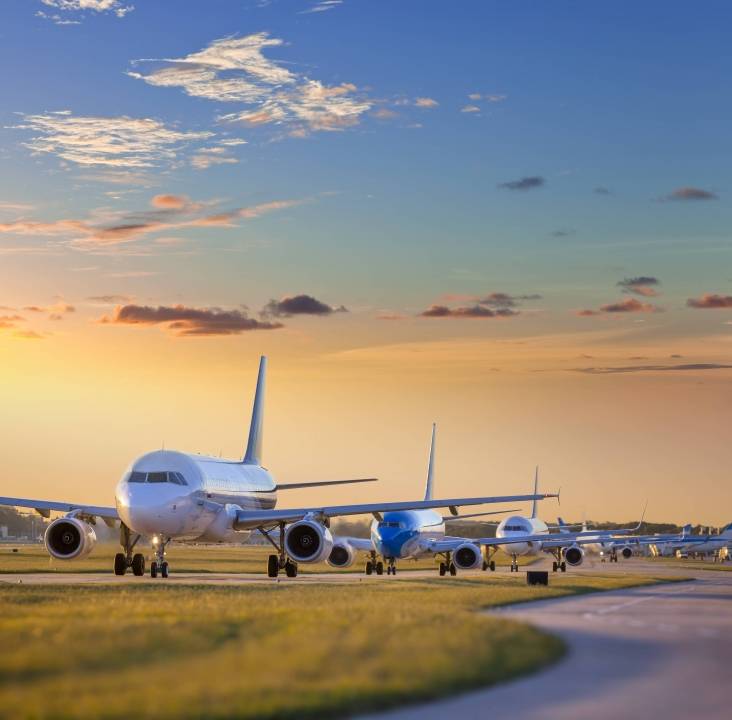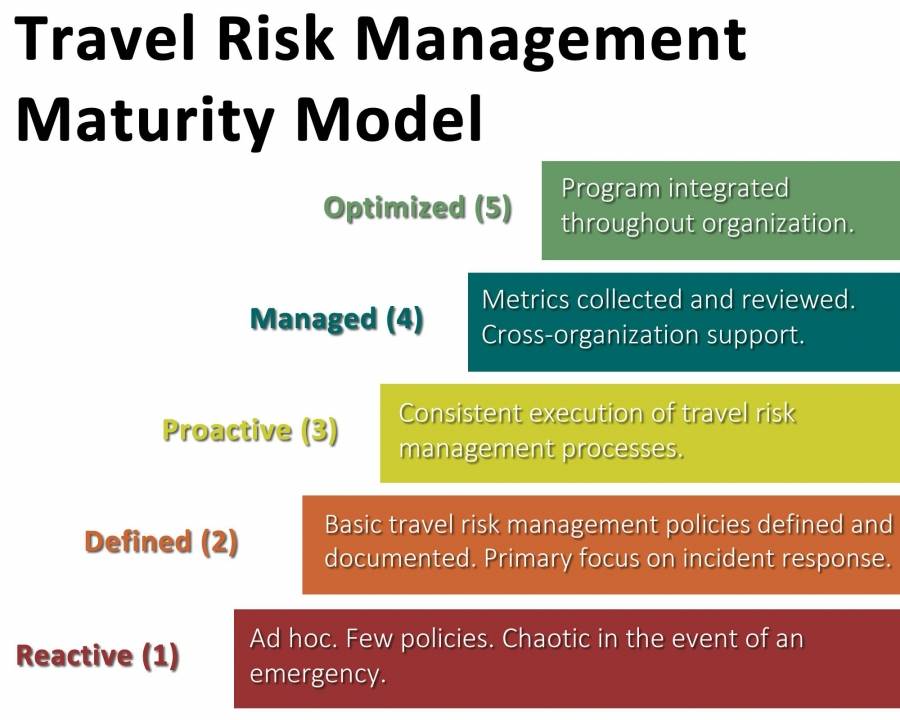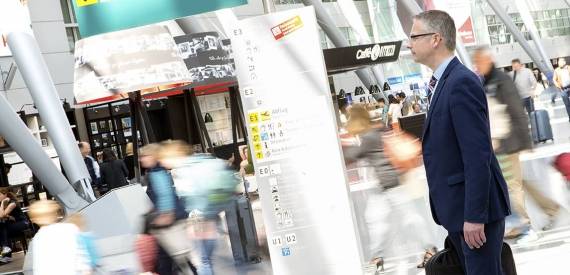Ensure safety during corporate travel by writing a Travel Risk Management strategy!
Food poisoning more likely than terrorism
When discussing risks during corporate travel, significant security concerns such as terrorism, natural disasters and epidemics are often mentioned immediately. However, most travellers will never encounter such issues. Risks that travellers are exposed to on a daily basis are much more common and therefore more relevant. Examples include traffic accidents, food poisoning or petty crime. The strategy must focus on these risks.
Another significant, and often underestimated, risk is corporate travellers’ mental wellbeing. During corporate travel, they can experience significant stress due to delays, jetlag, lost luggage, high work pressure or missing family and friends. These risks must also be considered when writing a Travel Risk Management strategy.
Comparing strategies with industry partners
According to legislation, there are specific Duty of Care criteria that employers must adhere to. This legislation is often limited, though this depends on the country, and each organization can naturally supplement it internally. Your Travel Risk Management strategy details how you address this. It is important for organizations to compare their Travel Risk Management strategy with those of similar organizations. A Travel Management Company (TMC) could assist organizations in doing so. One organization may use a tracking system to monitor their travellers, another might send daily risk updates to its travellers, whereas other organizations may only adhere to the requirements as set out in legislation. It is important to maintain an organizational benchmark to assess both the standard and the relative position of your organization. The Travel Risk Management Maturity Model, developed by the National Business Travel Association, is a good benchmark for this purpose, in our opinion. How does your organization compare with industry partners?
What does a Travel Risk Management strategy consist of?
As previously mentioned, each organization specifies the contents of its Travel Risk Management strategy. We recommend including the following items in your strategy:
Legislation
Specify which legislation applies to the strategy and which obligations the organization has when it comes to Duty of Care.
Risks
Indicate which risks are present during international corporate travel including:
- Medical risks and risks to health such as:
Nutritional risks, epidemics and diseases such as malaria, Ebola haemorrhagic fever, travellers' diarrhoea and the flu. - Safety risks such as:
Road safety, robbery, terrorism, theft, identity fraud and political instability. - Psychological and individual risks such as:
Risks to travellers’ own physical and mental health, stress, loneliness, lost luggage and faulty telephones. - Risks to financial situation and reputation such as:
Corruption, fraud, blackmail and other risks when doing business with local parties.
After listing the risks, specify how you will address each one. The following four different responses are possible: Avoid, control, transfer or accept.
Procedures
The essence of Travel Risk Management is listing the procedures and protocols that apply during international corporate travel. These include:
- Travel policy
Always use a Travel Policy that specifies the guidelines for corporate travel. An example of this would be a travel policy that specifies working with preferred suppliers, the minimum or maximum number of stars a hotel can have to be considered, the choice of class when flying, etc. - Travel Management Company
Is corporate travel booked internally or do you work with a Travel Management Company (TMC)? In both cases, it would be wise to coordinate with the TMC to establish which role and responsibilities each party has in case of unforeseen circumstances. - Choose safe airlines.
The European Union keeps the ‘EU Air Safety List’, a list of all airlines banned from operating in Europe. Even though these airlines cannot fly within the EU, you may still encounter them when flying outside the EU. Ensure that you do not travel with these banned airlines. - Insurance
Each traveller who is on corporate travel on behalf of your organization must be insured for travel-related risks. Your strategy must specify which insurance schemes apply. - Vaccinations
While it may seem self-explanatory, you must ensure that your travellers have had the right vaccinations for their destinations. Although the traveller is also responsible for this, we recommend knowing which vaccinations are advised for which countries. - Hotels
When considering which hotel chains are preferred suppliers, it is important to also consider the safety aspect. Questions to determine how safe they are could be: whether they have smoke detectors, can windows be closed, what are the crime rates in the area around the hotel, etc. Another consideration is whether private accommodation such as Bed & Breakfasts or Airbnb are permitted. - Transportation at the destination
Accidents during transportation at the destination are one of the main safety concerns for travellers. We recommend that your travel policy forbids travellers from driving cars after long flights, instead obliging them to take an official taxi. - Emergency contacts
Regardless of the measures you take, there is always the potential for things to go wrong during corporate travel. This means that it is important to have emergency lines of contact available. Ensure that someone is available 24/7. This telephone contactability is also useful for the family members of travellers. - Knowledge of the destination and the risks present
Always stay informed of developments at the destination, such as changes to the travel situation or the government's travel advice. Also keep travellers informed of developments during their corporate travel. - The number of employees on the same flight
To reduce the risk to the company, we recommend specifying a maximum number of employees allowed on the same flight. While the odds of something happening are extremely small, do you want to take that risk?
Training employees and communicating
Formulating theoretical procedures is the first step in implementing a Travel Risk Management strategy. Communicating with and training employees who are involved with international travel is an important subsequent step. They must be informed of the procedures and how to act in case of safety issues or emergencies.
Incident management
What do you do if an incident occurs during corporate travel? The Travel Risk Management strategy lists which steps can be taken. Consider the following aspects:
- Monitoring
Changing political situations, natural disasters, demonstrations or other developments can change the how safe a country is within moments. It is therefore important to continually monitor such developments. This is especially important for countries which see significant numbers of corporate travel bookings. - Tracking and locating
It is important for the organization to be able to see where travellers are within a moment's notice during an emergency. Equally, it is essential to maintain the ability to locate travellers, by using information such as flight details and hotel bookings, and to track travellers during corporate travel, such as by using GPS. - 24/7 support
In addition to being able to locate travellers, it is important to ensure that 24/7 support is available in the Netherlands. This can be organized by the TMC, but it is important for the employer to ensure that a contact person is available for the traveller, their family or their colleagues. - Evacuation
Do you already have plans prepared in the event of travellers needing evacuation? Which parties would you need to engage to do so and how would you organize this?
Checking, analysing and evaluating
A Travel Risk Management strategy is a dynamic document. Naturally, there are aspects of the strategy that do not change on a daily basis, but when the current safety situation in countries is concerned, this must be monitored on a daily basis. When checking this strategy, it is important to take travellers’ experiences on board. Questions to ask include: how do they experience corporate travel, which risks are they aware of and how should the organization address them?
Work together to draw up a Travel Risk Management strategy
Drawing up a Travel Risk Management strategy is a challenging task. The document is part of the Duty of Care and is therefore essential for organizations. It also represents a vital guide for the organization and corporate travellers on the topic of safety during corporate travel. When drawing up the Travel Risk Management strategy, do not limit input to the travel team or the risk manager. Draw up the document with colleagues from HR, procurement and the communications and finance departments to ensure broad support among the involved parties while making sure that everyone knows their role. Remember to keep your Travel Management Company involved during this process. Their knowledge and use of certain systems could prove useful during practical implementation.
The most important piece of advice for drawing up a Travel Risk Management company is to ensure that it is not only theoretical. Only drawing up a plan is insufficient, you must also stick to it.






